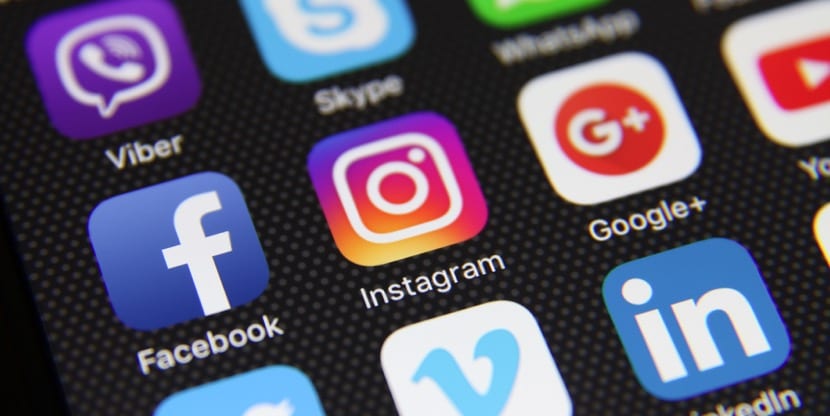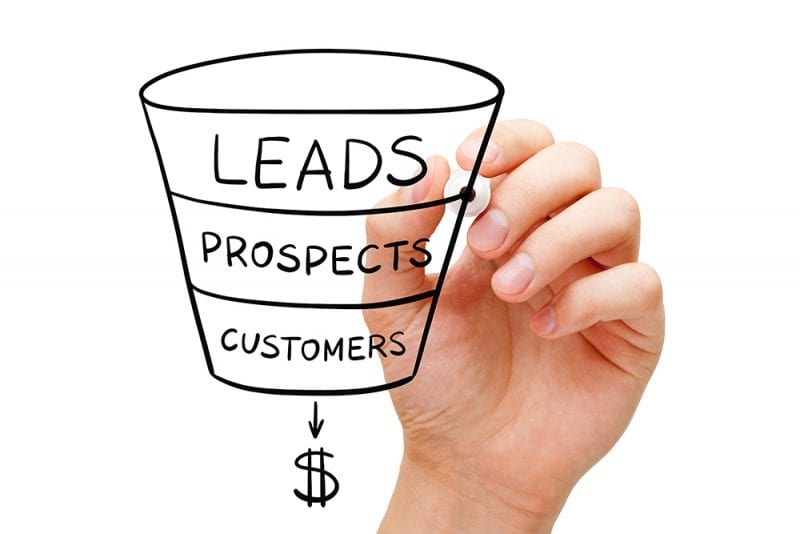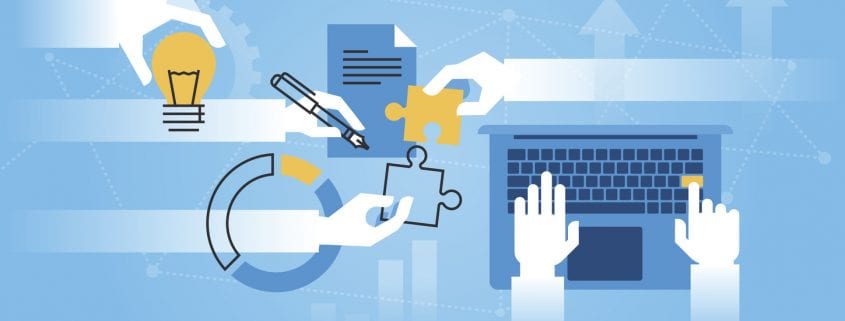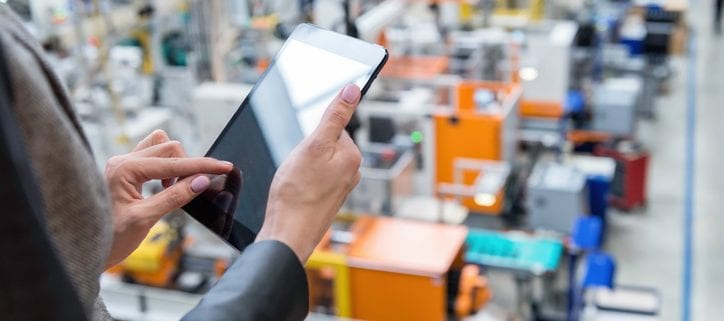
Soft Sell Advertising: What it is, Why it works, and How to Execute
When it comes to advertising, businesses as a whole tend to be aggressive. They let you know exactly who they are, what they do, and why you should buy from them. Even in inbound marketing, companies will try to tie the topic of conversation in with their products or services in some way. However, this isn’t the only course of action. You can also reach your target audience and successfully engage them by advertising in a more subtle manner. Such a strategy is known as soft-sell advertising.
What Is Soft-Sell Advertising?
Soft-sell advertising is a more subtle form of advertising. The goal behind soft-sell advertising is to evoke a positive emotional response. The idea is that the customer will then subconsciously connect the response they had to the brand that invoked it. Businesses that implement soft-selling marketing will often create ads that are warm or humorous, as these tend to be the ads that invoke the most positive feelings.
The History of Soft-Selling
The idea of soft-selling first emerged in 1914, when Theodore MacManus published an ad that would become the model for the soft-sell. The ad was essentially an essay on the burden of being the best in one’s field. The ad was for Cadillac, yet Cadillac wasn’t mentioned a single time. Nor was there an illustration that ran with the ad. Yet the ad was incredibly successful.
The Benefits Of Soft-Sell Advertising
The following are some of the reasons why you should incorporate soft-selling advertising into your marketing strategy:
- Less pressure on customers – Because soft-sell ads don’t push products or services, customers will feel less pressure to buy. The pressure is apparent in hard-sell ads, and it’s often off-putting. Using soft-selling ads, you give your audience the ability to discover your brand and make a purchasing decision on their own time.
- Increase brand awareness – Even though you’re not pushing your brand into their faces, audiences will be more likely to share your content. The reason? People don’t share ads, they share content. When you create a soft-sell ad, you have to focus on the quality of the content and not on the sale. If you are able to create high-quality content that invokes a positive emotion, your audience will share that content. People will share content that elicits a positive reaction to their friends, thereby increasing your brand awareness.
- Build more trust – Another result of having to focus on content quality is that you’ll build more trust. You’re basically offering your audience something of quality without asking for something in return. This shows them that you care about more than just sales. As a result, they’ll be more likely to explore your brand further. Not to mention that building trust is essential to building long-lasting relationships.
Examples of Soft Sell Advertising
Soft sell advertising has grown in popularity, both in regards to inbound marketing and outbound marketing. The following are a few examples of effective soft-selling ads:
- Yeti – Yeti is a company that sells coolers and outdoor accessories. They filmed an entire series of videos called Hungry Life showing a well-known chef spending time in nature, where he picks plants, goes fishing, and prepares his meals outdoors. Although Yeti’s coolers do make an appearance, they are never showcased or talked about. Yeti is obviously targeting a specific audience by showcasing a specific lifestyle. That audience will then make an emotional connection between that lifestyle and the Yeti brand.
- Burt’s Bees – Burt’s Bees uses their founder as the spokesperson. This is perfect because he essentially represents their main buyer persona. The Nature of Burt video introduces Burt, who explains who he is. He’s likable and funny, and their target audience can relate to him. What makes the video so effective is that it builds an emotional connection between the viewer and Burt, all without ever promoting the brand or its products.
Implement a Soft-Sell Advertising Strategy Today
Because many companies focus many of their marketing efforts on generating brand awareness, they tend to be overly aggressive. However, soft-sell marketing can be incredibly effective in terms of engaging your audience and building trust. As such, you should be sure to include soft-sell marketing tactics in your inbound marketing strategy.


























 Use Social Media
Use Social Media

 Possibly one of the most useful parts of attraction marketing for your business is that you become the thought leader in your industry. Buyers as well as industry leaders will turn to your brand to help solve their problems as you make them more aware of the issues they face.
Possibly one of the most useful parts of attraction marketing for your business is that you become the thought leader in your industry. Buyers as well as industry leaders will turn to your brand to help solve their problems as you make them more aware of the issues they face.
